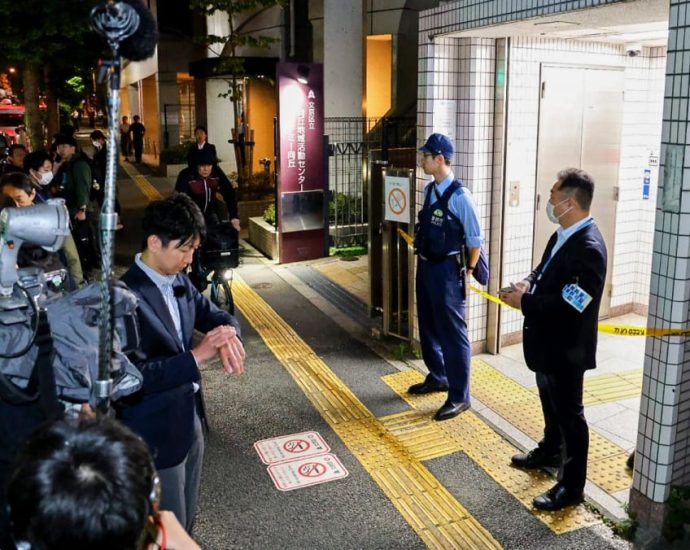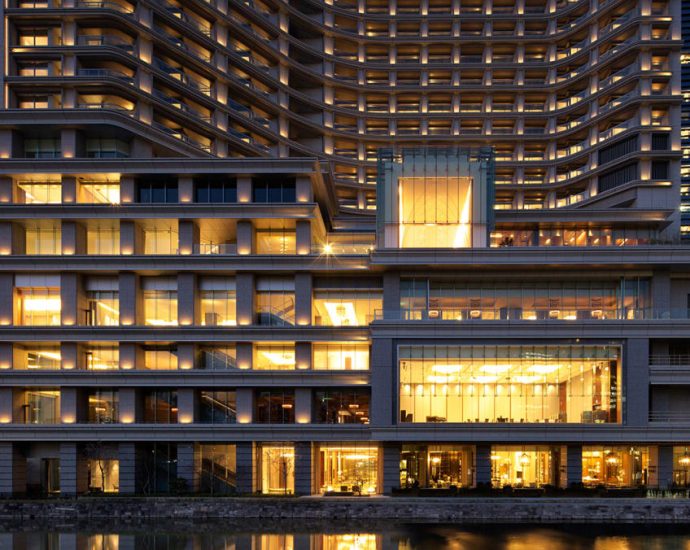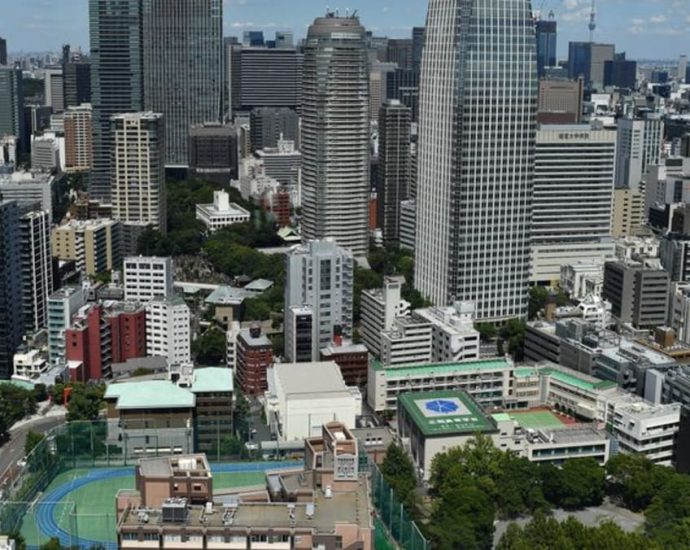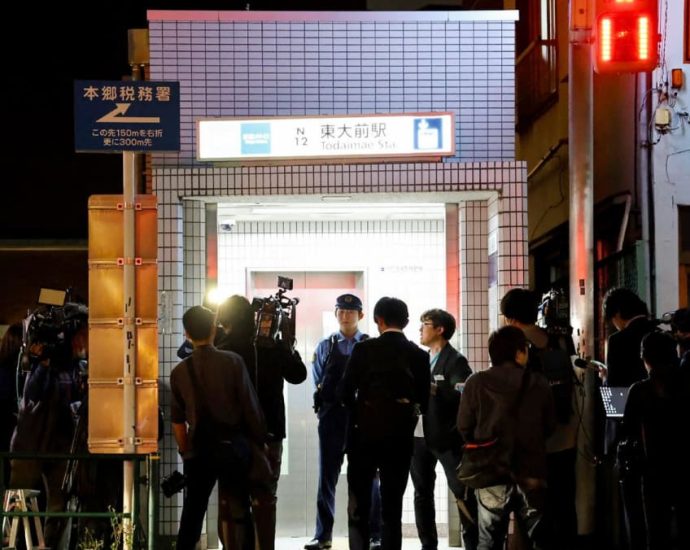Chinese embassies in India, Pakistan, Nepal advise caution amid conflict
In the midst of the worst fighting in the region in nearly three decades, the Chinese embassies in India and Pakistan on Friday ( May 9 ) advised citizens to take extra precautions and be cautious when visiting the South Asian nations. Since India struck a number of locations inContinue Reading













